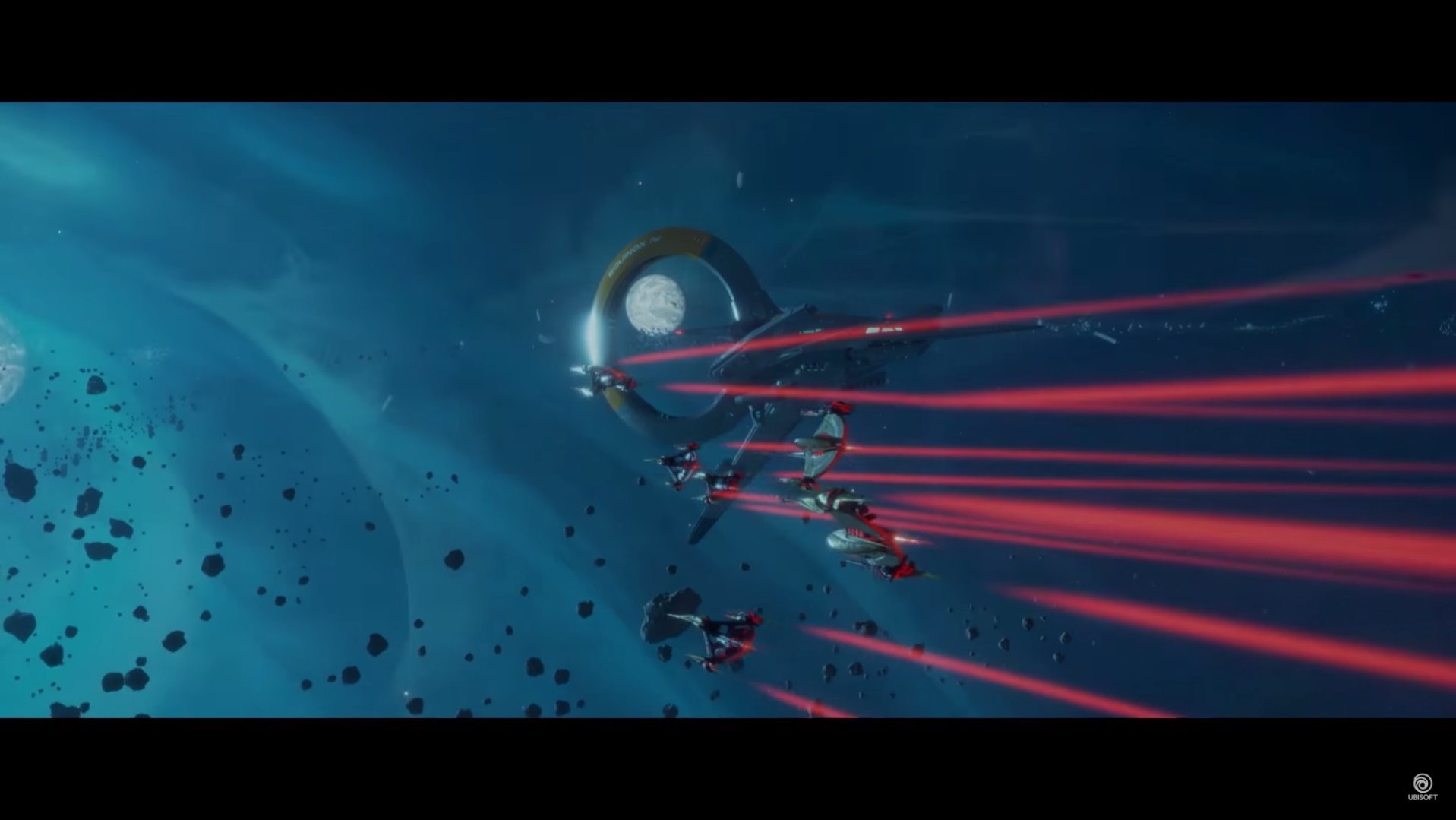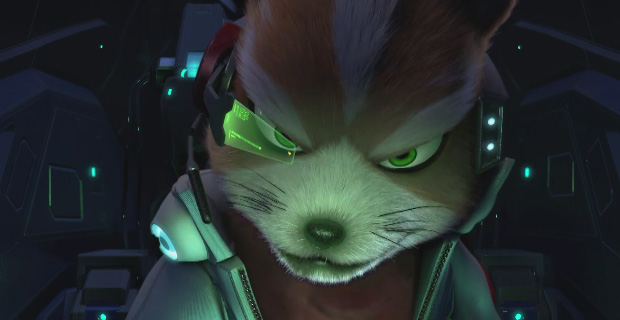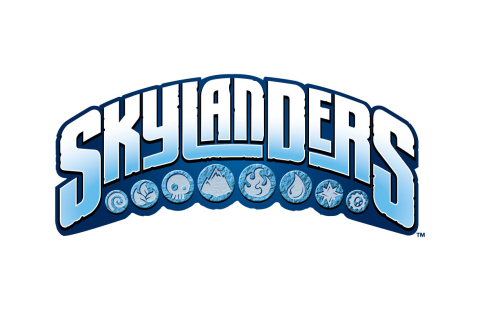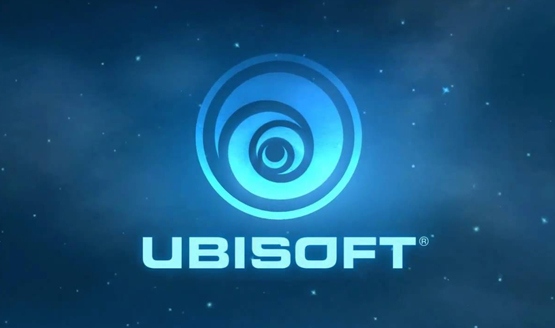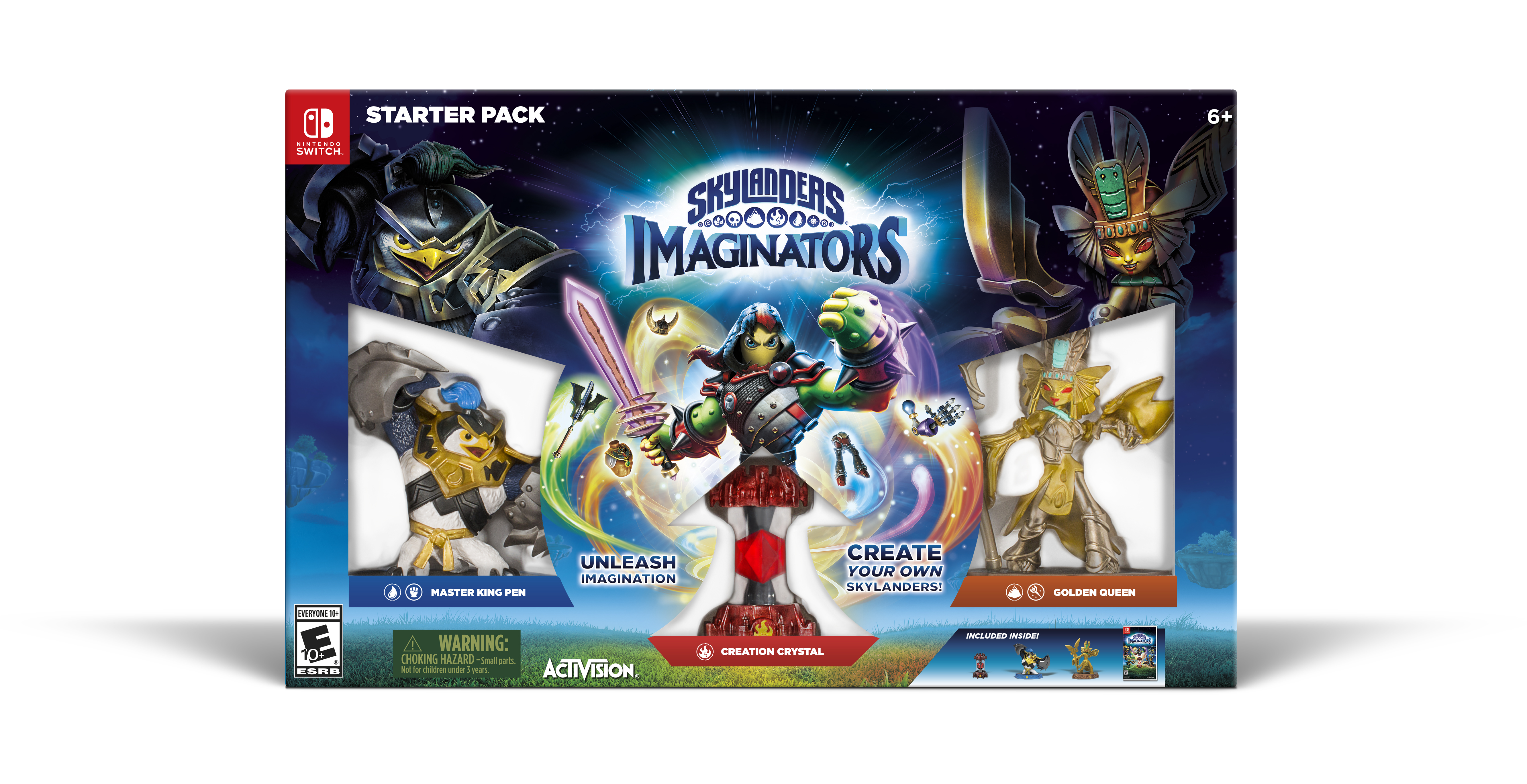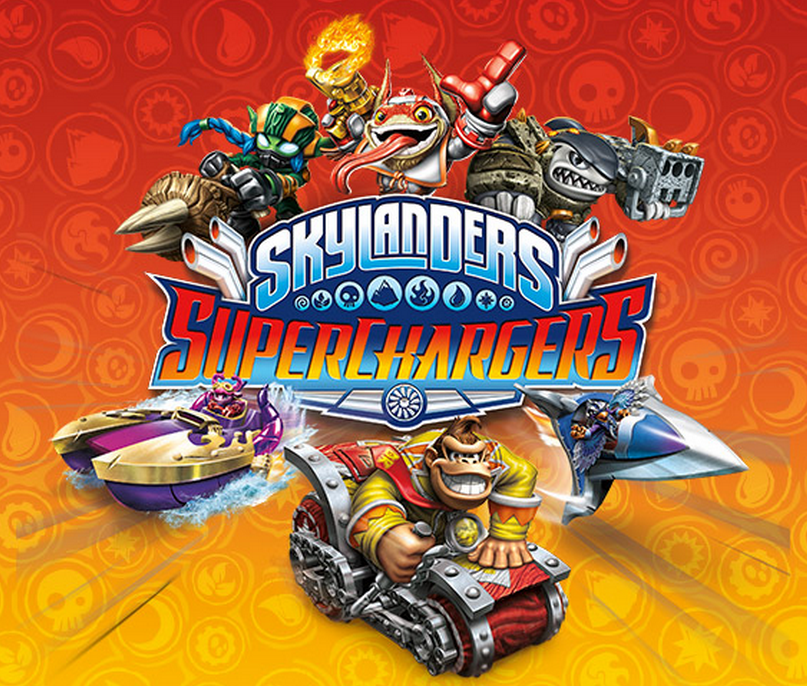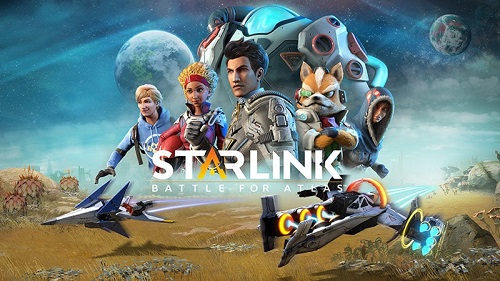
The toys-to-life genre has largely disappeared in recent times, with the Skylanders and Disney Infinites of the World either disappearing or being unceremoniously cancelled. So when Ubisoft announced at E3 2017 that it would be entering a market now largely considered past its prime, I was somewhat surprised. Taking a slightly different tac from previous entries into the once burgeoning genre, Starlink: Battle for Atlas focuses on vehicular combat and exploration, creating a world that is interesting, but unfortunately feels geared towards rewarding those who have spent more money.
It’s with that act of balancing rewarding players who have spent money on extra pilots/ships/weapons against in-game difficulty and design that I’ll start with today, as it was one of the most apparent aspects of my time with the game. Let me begin by saying that at no point did Starlink: Battle for Atlas directly push me towards purchasing additional items, but already having access to those additional items made it directly apparent how ingrained they are into the game’s systems. While you don’t need additional ships to progress, they act as an extra life if your ship is destroyed, allowing you to continue playing without having to repair your ships or restarting battles. The majority of enemies have elemental weaknesses, and having additional weapons allows you to exploit those weaknesses, making battles appreciably easier. Certain game-wide upgrades are locked behind pilot level, and as all pilots level as you gain experience, you get faster access to these upgrades by having more pilots. In fact, the entire pilot levelling system is noticeably easier to progress through with multiple ships and weapons. Every weapon and ship levels up with your chosen pilot as you gain experience, with each subsequent level taking a larger amount of experience. Each weapon and ship level nets you a skillpoint, which means that with more ships and weapons available, you can quickly take advantage of multiple low-cost level ups to quickly progress your pilot’s skills. As I found during my time with the game, it’s certainly possible to progress without additional purchases, but my time became exponentially easier once I started gaming the systems by taking advantage of the extra goodies I had. The inherent benefits to spending extra money are made more frustrating by the fact that Starlink: Battle for Atlas is a genuinely good game that could easily stand on its own if not for their inclusion.
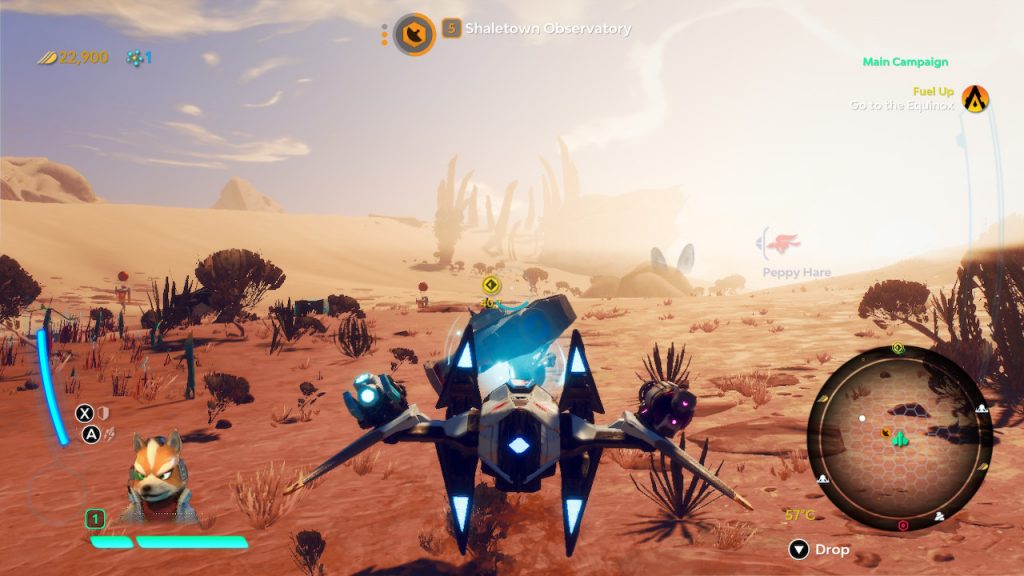
Starlink: Battle for Atlas has you enter the world of Atlas, a star system that is under threat from a shadowy cult-like army known as the Forgotten Legion. Attacked by the Legion as the game opens, you are tasked with picking up the pieces and uniting the system to defeat the Legion and reclaim the star system. It’s a setup almost as old as the sci-fi genre itself, and while it’s filled with potential, Starlink doesn’t come close to meeting it. The game’s story is told in a rather limited fashion, contained to several CG cutscenes and a myriad of short and largely uninteresting conversations that are thrown at you as you explore Atlas’s planets. Because of this, there’s not enough exposition to build relationships with the characters in the game, in turn causing the more dramatic moments to fall flat. Starlink certainly would have benefited from its narrative being expanded beyond the approximately 10 hours it took me to complete its main quest line.
While its narrative is lacklustre, it’s how Starlink plays and controls that made me thoroughly enjoy my time with the game. There are two distinct parts to Starlink that come together to create its core- the dog-fighting during interplanetary travel and the third-person shooter styled vehicular combat while on planet. Combat in space feels just like you would expect from a dog-fight, with tight responsive controls that allow for a number of quick manoeuvres to outsmart and outshoot your enemies. I was able to deftly change direction to take out enemies behind me, and the range of different weapons mean I could customise my loadout to make the combat fit my preferred style. After landing on a planet however, the combat completely changes. Instead of quickly manoeuvring in a 3D space, your ship hovers just above the ground, strafing left and right to get around enemies instead of turning around. It feels extremely close to a third-person shooter, as opposed to a true vehicle combat game like Twisted Metal, eschewing forward momentum to focus on strafing around enemies to hit weak spots. It certainly isn’t what I expected from the game, but it feels great and helps give the game’s planetary combat a distinct feeling that differentiates it from the space combat. My most enjoyable moments in Starlink came from overcoming particularly hard boss-battles on planet that involved both forms of combat.
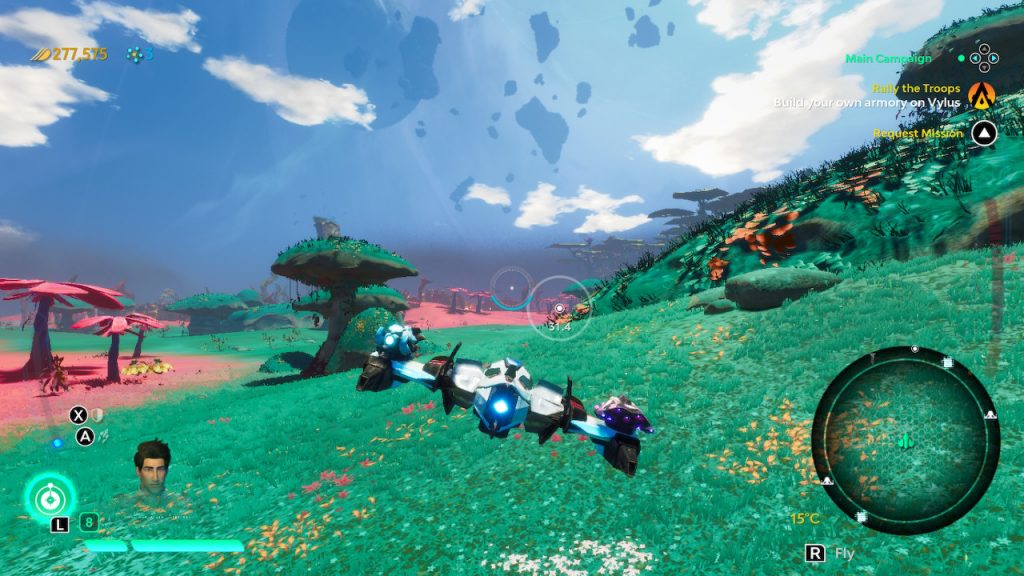
Whether you’re on a planet or in space, combat is the majority of what you’ll be doing, but it isn’t the only thing to do in Starlink. On each planet you’re tasked with exploring the environment to find activities to perform, gradually pushing back and weakening the Legion. This involves finding outposts to assist, thus bringing them into the fold in the fight for Atlas, finding resources to turn in to upgrade outposts and generate currency, wiping out enemy hives to create building sites to build new outposts and many other activities. The most important activities, however, are directly wiping out Legion forces to progress the main loop of Starlink. This consists of a multi-stage loop that begins with destroying Legion Excavators from the planet to weaken and locate Legion Primes, large hulking insectoid monsters that roam the planets. In turn, destroying Legion Primes weaken and help locate Legion Dreadnoughts, massive ships that pose multi-stage boss battles in space. Unfortunately, there is little variety in each of these battles, and so they quickly become tiresome, especially when you consider that there are 7 planets in the game (although not all 7 are required to be visited to complete the main story). Starlink would have greatly benefited from having a bit more variety to its main gameplay loops to stop them from growing stale.
Throughout all of the combat, exploration and story, Starlink’s characters and world look great. Each planet has its own unique flora and fauna, keeping things interesting when travelling from planet to planet. Planets are densely populated with props, intractable elements and enemies/NPCs, avoiding large stretches of empty space and encouraging you with constant discoveries during your travels. The drawback of this, however, is that draw-distance is fairly low on the Switch and pop-in is extremely apparent, although the framerate remained relatively stable in my experience. Ship and enemy models are also detailed and interesting to look at, which is great considering they’re what you’ll be staring at for the majority of your time with the game. It’s safe to say that I enjoyed what I saw in my time with Starlink.
In the end, Starlink: Battle for Atlas is a tantalising taste of what could have been. The combat feels great and the planets are interesting, but the lack of variety in enemy encounters and gameplay loops stop them from being amazing. The story lacks the necessary exposition to make it truly engaging, but it’s the ingrained rewards to purchasing extra ships, pilots and weapons that truly grate and bring the experience down. As the beginning of a new IP, Starlink: Battle for Atlas is a good first entry, but I would suggest waiting for a sale on the digital Ultimate Edition before picking it up.
- Combat feels great, both in the air and on the ground - Planets are unique and densely populated
- Game is geared towards rewarding those who buy extras - Story is short and cliche - Main gameplay loop lacks variety

